A STEM-Driven Marble Run Using Instructables and Tinkercad
STEM lessons are a strong focus in my 4th-6th grade gifted classes. I teach at two Title 1 schools with primarily Hispanic students. Our district works to identify students often underrepresented in gifted education programs. My mission in working with my students includes helping them gain knowledge and skills to situate them to be competitive with more privileged students when they get to high school and college. I believe that STEM lessons are perfect for doing so. For this STEM lesson, they made marble runs based on the following Instructables:
- How to Use Calipers https://www.instructables.com/How-to-Use-Calipers/
- Design a Straw Roller Coaster Using Tinkercad https://www.instructables.com/Design-a-Straw-Roller-Coaster-Using-Tinkercad/
Standards Addressed
Next Generation Science Standards (Science and Engineering)
- Define the criteria and constraints of a design problem with sufficient precision to ensure a successful solution, taking into account relevant scientific principles and potential impacts on people and the natural environment that may limit possible solutions.
- Evaluate competing design solutions using a systematic process to determine how well they meet the criteria and constraints of the problem.
- Analyze data from tests to determine similarities and differences among several design solutions to identify the best characteristics of each that can be combined into a new solution to better meet the criteria for success.
- Develop a model to generate data for iterative testing and modification of a proposed object, tool, or process such that an optimal design can be achieved (https://www.nextgenscience.org/topic-arrangement/msengineering-design).
ISTE Standards for Students (Technology Standards)
Innovative Designer Students use a variety of technologies within a design process to identify and solve problems by creating new, useful or imaginative solutions. Students:
- 1.4.a. know and use a deliberate design process for generating ideas, testing theories, creating innovative artifacts or solving authentic problems.
- 1.4.b. select and use digital tools to plan and manage a design process that considers design constraints and calculated risks.
- 1.4.c. develop, test and refine prototypes as part of a cyclical design process.
- 1.4.d. exhibit a tolerance for ambiguity, perseverance and the capacity to work with open-ended problems. (https://www.iste.org/standards/iste-standards-for-students)
Common Core Math Standards
- Convert among different-sized standard measurement units within a given measurement system (e.g., convert 5 cm to 0.05 m), and use these conversions in solving multi-step, real world problems.
The Learning Activities
Measuring the Objects for Their Marble Runs
Students used calipers from the Tinkercad Autodesk Innovator Kits (thanks to the company for providing these to my students!) to measure the objects that they used for their marble runs: straws, cups, boxes, and cardboard tubes.
What a fantastic math lesson this provided. Even though the students ranged in grades 4th through 6th, and studied fractions in their regular classes, they really didn’t understand how fractions worked using authentic measurement in the real world. Our discussion included the fractions between inch marks, and how these fractions function, i.e., how fractions are reduced. Our discussion was similar to the one presented in this video:
They also learned/reviewed some of the geometric properties of rectangular prisms and cylinders. I believe that using math concepts to solve real problems increased its relevance and made more sense to the students. Deeper learning occurred.
Creating the Objects in Tinkercad
This become another great math lesson as the students needed to convert the measurement fractions into decimals in order to create their objects in Tinkercad. With input from them, I created a graphic on the white board similar to the one below:
They then made their marble run prototypes in Tinkercad using these objects.
Using Tinkercad Designs to Create Real Life Marble Runs
While making their real life marble runs from their Tinkercad designs and because this process was iterative, students made changes as they experimented with making their marble runs work. They were asked to make changes in their Tinkercad designs when they made changes in their real life marble runs.
The Results
Here is one of the completed marble runs with the students providing a brief statement of their processes. Of special note is one of their comments, “We struggled a lot, but we made it work.”




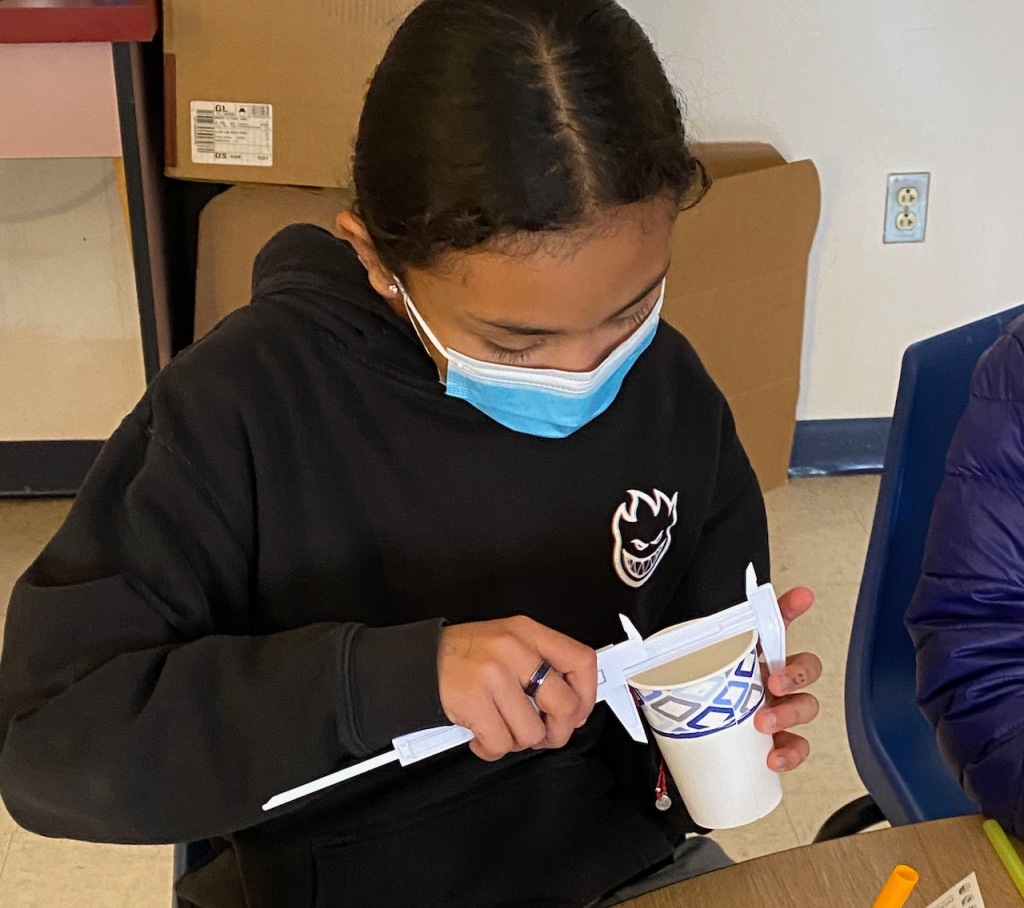
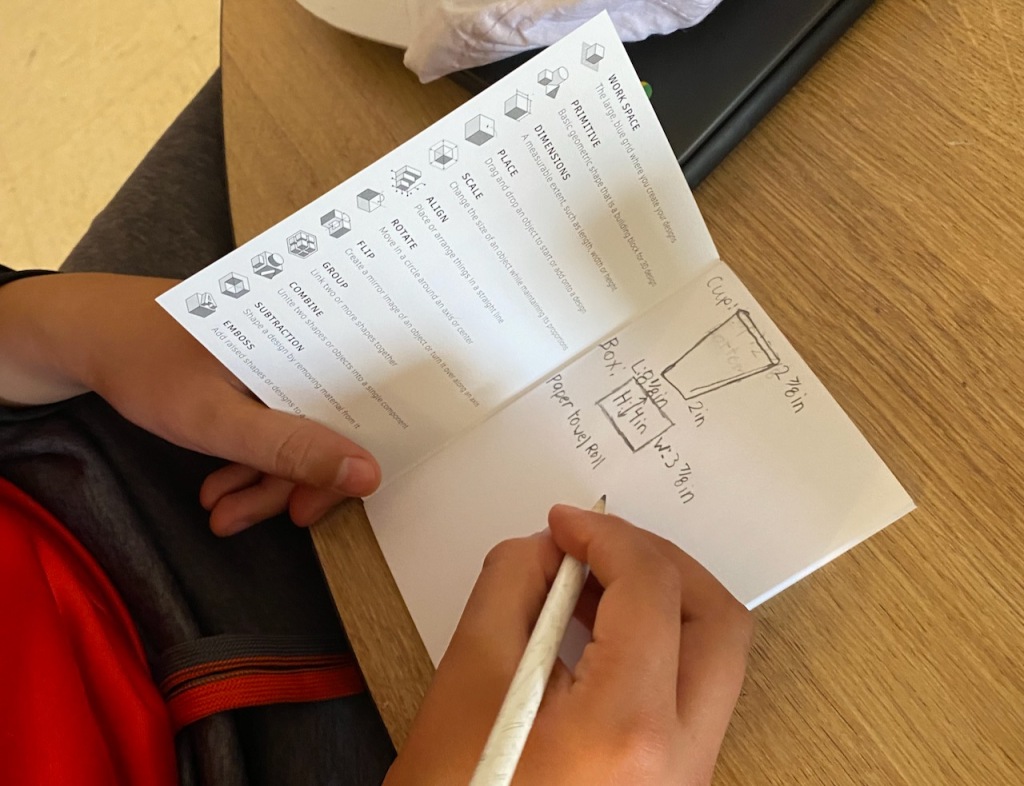
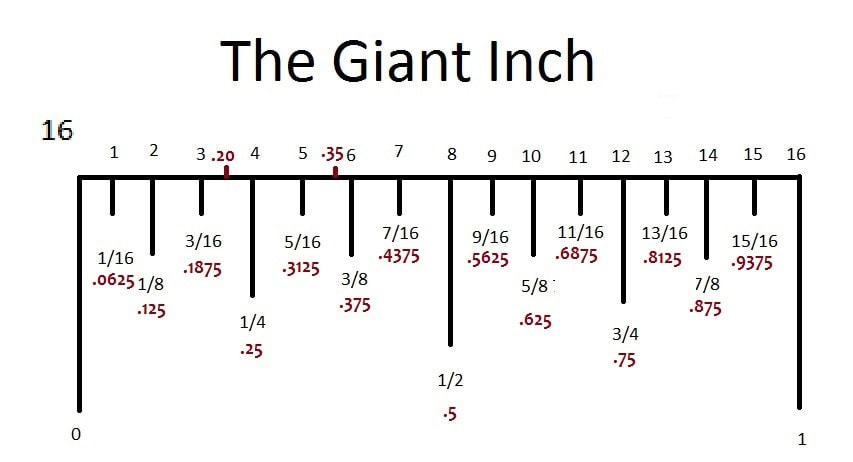

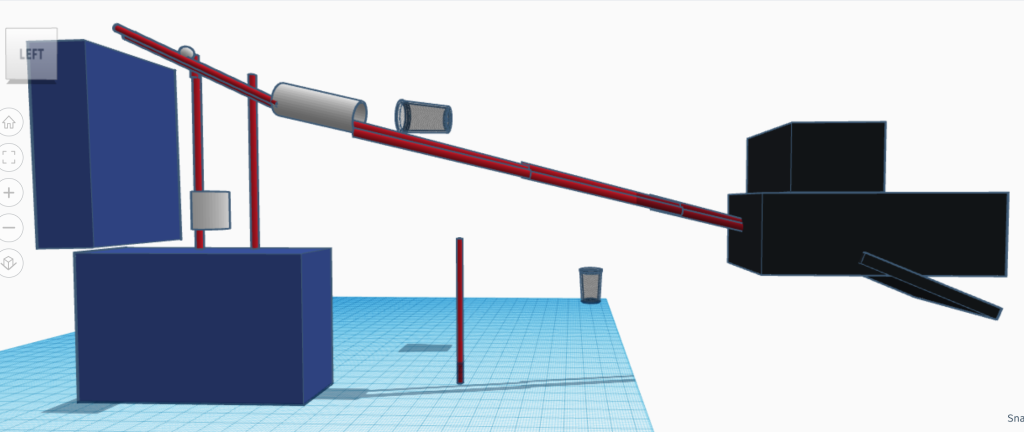


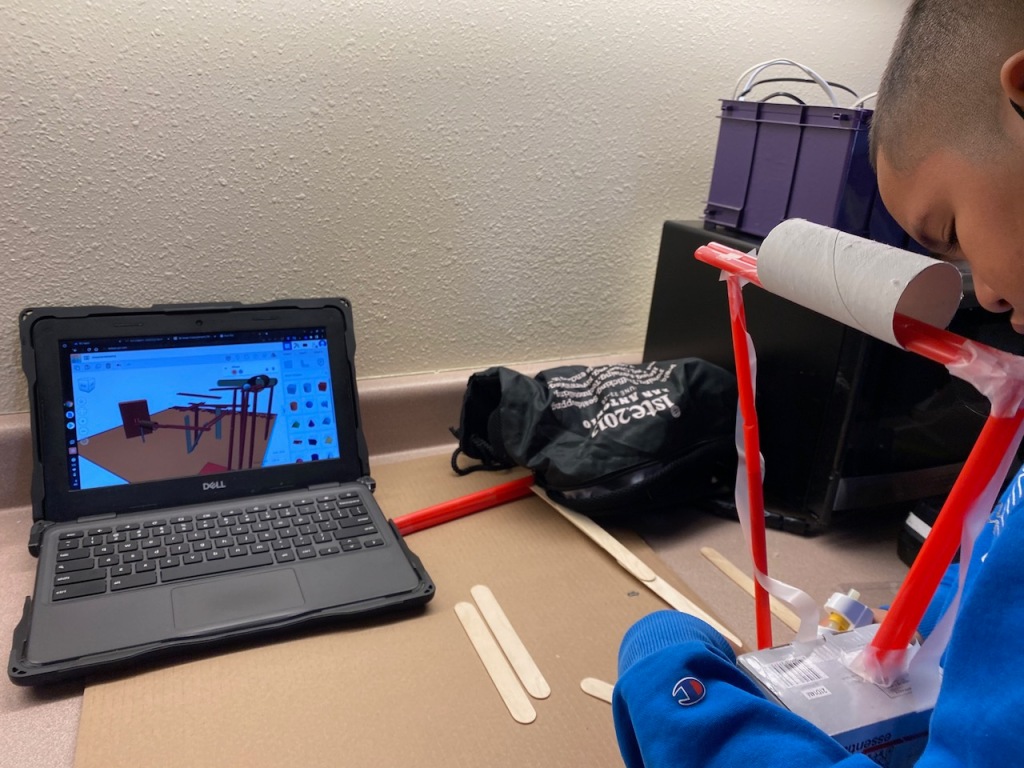
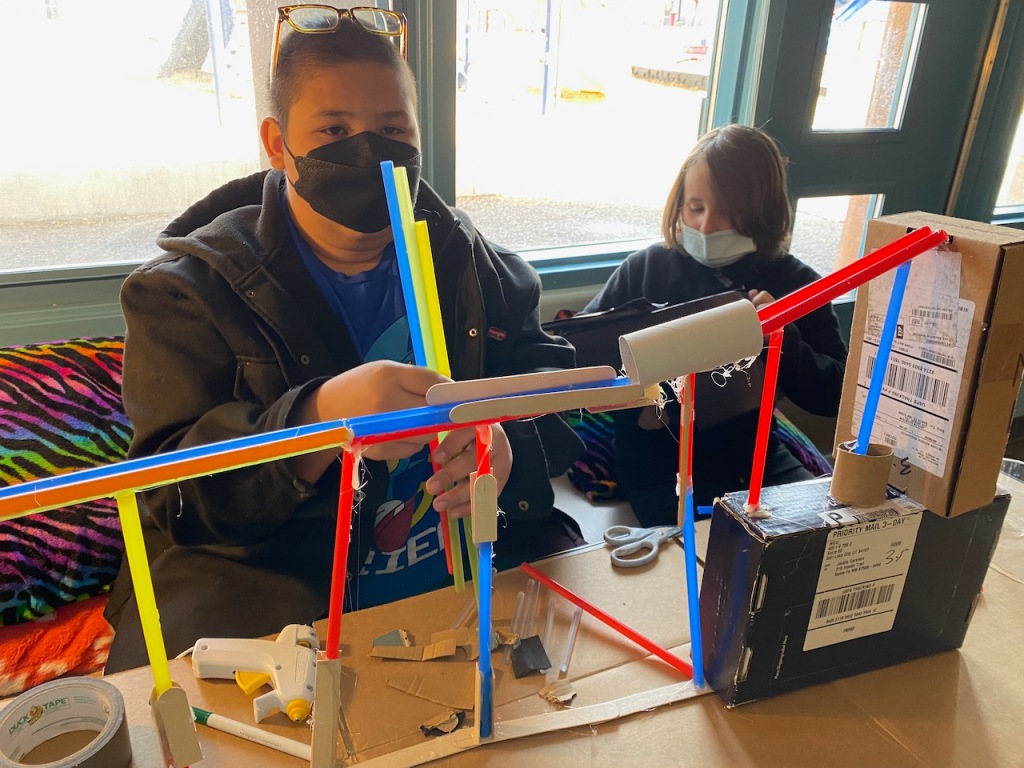

Leave a comment